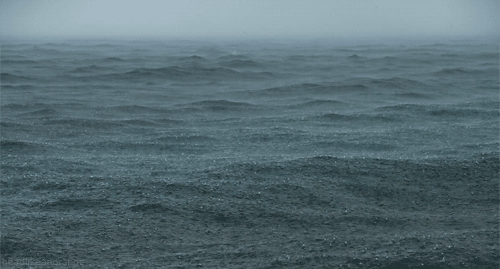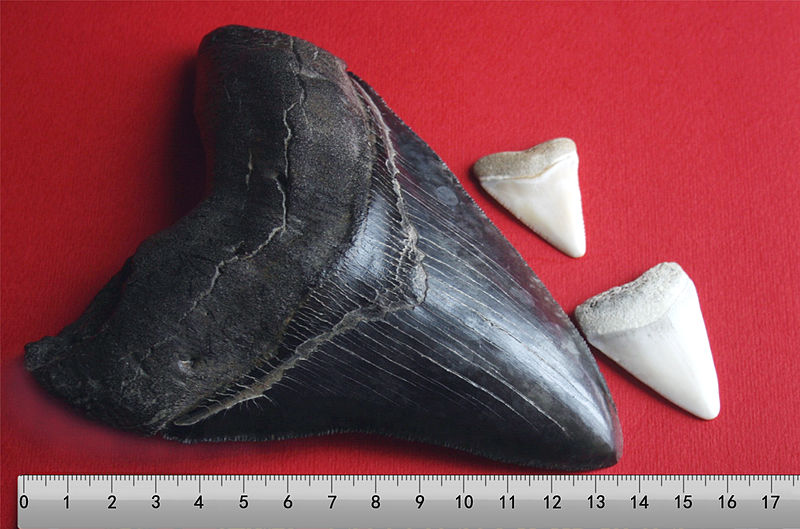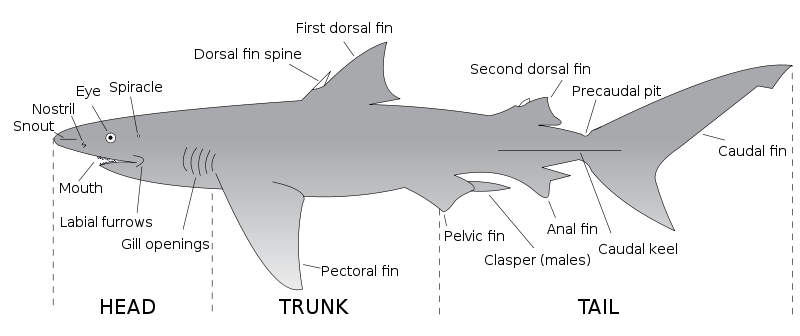
Adaptation
The exactly time of Carcharocles
megalodon’s extinction is still very much so under debate. Part
of the reason that this is under debate is because we thought
that the
giant squid was extinct as well, however we have recently
found out that they are very much alive. If a species this large
could still be alive, there is much we don’t understand. For
example, we could still be missing the most recent fossils, in
the deep undiscovered parts of the ocean. An
adaption could be place of environment. Not many organisms can
live at such high levels of pressure, therefore because of
C.megalodon’s large mass it was very much able to swim to
greater depths of the ocean. During the Miocene and Pliocene
epochs around twenty-eight to one and a half million years ago
C.megalodon migrated closely to its prey, whales such as the
ancesters of
Orca Whale or a
Blue Whale orr perhaps even something related to the
Atlantic Spotted Dolphin. C.megalodon most likely needed to prey on
such large animals because it was such a large shark the animal
needed to eat at least two percent of its body weight a day. To
do so the C.megalodon had to have body structure and strength
comparable to
Great White Sharks, however, because of its size
C.megalodon would have been a much stronger swimmer and predator
to keep up with it’s large prey. Sharks cartilage does not
fossilize well and because of this C.megalodon’s teeth have been
the most studied parts of the species. Compared to a great white
sharks tooth, C.megalodon was clearly a larger interpretation of
a similar shark.
What these teeth sets have shown us is megalodon used it’s teeth like many other species of sharks do, to break down food in gulps rather than to chew. C.megalodon's teeth were most likely located in rows that rotated into use as needed. Most sharks have around three to five rows of teeth at any given time and evidence has shown megalodon is no exception. The way shark jaws are set up is so the front row or set does most of the work, shredding prey, breaking down bites and parts of the body. The next two rows are used for obtaining prey and the last rows rotate into place as they are needed or as teeth are worn down, broken, or lost, they can be replaced by the rows that are not being as used and worn. C.megalodon most likely had hundreds of teeth at one time to utilize this process.
Although C.megalodon is no longer living today we can guess this particular species had similar traits of other sharks and recent ancestors for example a Bull Shark. Many species of sharks use four basic fins to undergo their everyday aquatic life, the image above labels these fins. The first fin most popularized today as a “shark fin” is scientifically known as a dorsal fin. This fin is often times centered and the back of the shark. The animal generally uses this fin to prevent them from rolling over. The “roll-over” is a threat for some shark species because it puts the animal in a sort of trance or shock, leaving the animal vulnerable. Pectoral fins are found at the sides of the shark behind the head and gills. These fins help the animal steer themselves throughout the water and also help the animal create lift. These fins play a very important role in mobility of the shark as well as hunting effectively. Pelvic fins are an important stabilizers as well as clasping during reproduction. These fins are found at the bottom of the shark near the anus. The tail of a shark is made up of two sections, the caudal fin and the caudal peduncle fin. These fins are used for forward movement and acceleration. [Griffin. 2010]
Due to the fact that C. Megalodon is extinct, there are a lot of things that we will never be certain about; to see what researcher’s believe is the most plausible way that they are believed to have reproduced, go to our Interaction and Hunting page.


